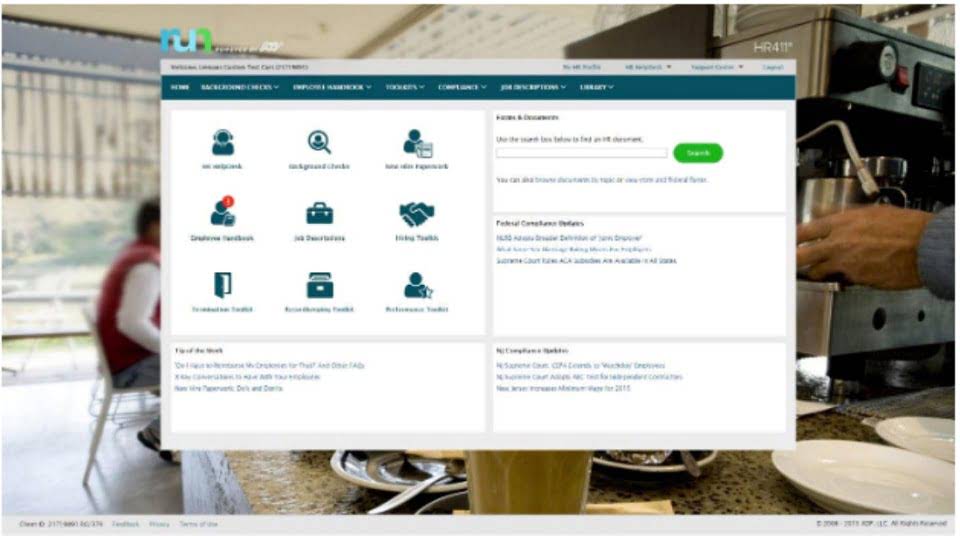
Challenges such as increasing transaction volumes and evolving payment methods will drive the need for more adaptable and efficient systems, ensuring better debt recovery and reduced delinquencies. Hiring a partner can resolve these challenges and help businesses stay competitive by implementing accounts receivable management best practices. These AR management software tools go beyond automating manual tasks, to relieve significant pain around wasted time, underutilized talent, delayed payments, and customer miscommunications.
- Keeping your finances on track and staying on top of your accounts receivable (AR) is important for healthy cash flow in a small business.
- Note that regular reconciliation of payments with outstanding invoices can help identify any discrepancies or overdue accounts.
- Too often invoices don’t use the best available payment terms from the sales order, master data or historic invoices.
- Enable easy-to-use and numerous options for stakeholders—both internal and external to interact in the way they choose to.
- Thanking your customers for their payments might seem trivial, but it can have a substantial impact.
- AR management comes with its fair share of challenges, right from the moment you request payment from your customers to when they finally make it.
A Glimpse at Challenges in Accounts Receivable Management
Use data analysis to identify patterns and trends in customer payment behavior.Identify customers who consistently pay late or have a high rate of returned checks or chargebacks. Then, use the insights gained from data analysis to make informed decisions and improve accounts receivable management strategies. Send gentle payment reminders via email or phone calls Certified Public Accountant to customers who have not yet paid their invoices.
- We will delve deeper into these issues and potential solutions in subsequent sections.
- This term refers to the total amount of money being transferred into and out of a business, affecting its liquidity.
- By following these AR best practices, you can improve cash flow, reduce bad debt, and enhance overall financial health.
- The sooner you start chasing payments, the more likely you are to receive them in full and on time.
- Perhaps even more important than the initial definitions is consistent adherence across the AR team.
- However, simply throwing money or labor at the problem is not the best solution.
Overview of the Accounts Receivable Process
For instance, the person responsible for recording invoices should not be the same individual who handles cash receipts. This separation reduces the risk of fraudulent activities going undetected. Customer satisfaction is an important measure of AR management performance, as it reflects the quality of the customer experience. A high level of customer satisfaction indicates that a company is providing excellent service to its customers and is effectively managing its accounts receivable.

Sending invoices quickly improves AR management
In conclusion, effective Accounts Receivable (AR) management is essential for maintaining the financial health and operational efficiency of any business. The adoption of AR management software and automation tools plays a crucial role in streamlining processes, reducing errors, and providing valuable insights through data analytics. A comprehensive understanding of accounts receivable is crucial for businesses operating on a credit basis, where customers receive goods or services before making their payment.

Process Intelligence Days 2025
It involves the processes and practices employed by companies to ensure timely collection of customer payments for goods and services rendered. Effective AR management not only secures the company’s cash flow but also minimizes the risk of overdue payments and bad debts, enhancing overall financial stability. Common challenges in accounts receivable management include late payments, delinquent accounts, disputes, inaccurate invoicing, inefficient collections processes, and lack of clear credit policies. Businesses may also face challenges related to cash flow, bad debt, and customer communication.


Accounts receivable management requires extensive thought and care when implementing new solutions. As simple as cash application sounds, anyone who has ever been in charge of debt collection or invoice payments knows how tedious and complex the process can be. Maintaining open communication with customers throughout the invoicing and payment process can help to avoid disputes and maintain good customer relationships. There is a common misconception that late payments mean that a customer is a bad payer. If your business is consistently receiving late payments, it means law firm accounts receivable management your invoice and payment strategy are broken. Keep constant communications and offer easy online payment methods or instructions.

- Accounts Payable departments should ensure that invoices always use the best possible payment terms.
- Services designed to help companies efficiently manage and collect their accounts receivable.
- Nick Zarzycki is a writer and editor specializing in small business bookkeeping, accounting and finance based in Toronto, Ontario.
- These tools provide an additional layer of security, enabling businesses to respond swiftly to potential threats.
- This includes defining the credit period (e.g., Net 30, Net 60), specifying any early payment discounts or late payment penalties, and outlining any other important details.
- When a company fails to collect payments on time, it can experience cash flow problems, which can lead to operational issues, inability to pay suppliers, or even insolvency in severe cases.
These tools provide an additional layer of security, enabling businesses to respond swiftly to potential threats. Offering multiple payment collections options to make it convenient for customers to pay, such as an online payment portal , credit cards, debit cards, electronic funds transfer, or checks. The effective management of accounts receivable requires financial managers to fully understand the complete accounts receivable process.
When contrasting accounts payable vs. accounts receivable, accounts receivable is the amount of money you’re awaiting from client payments. In contrast, accounts payable represents the money you owe to your goods and services providers — the sum of all your vendor, third-party firm and supplier Cash Flow Management for Small Businesses invoices. “Accounts receivable,” or A/R, is the accounting term for money a business should receive from its customers from the sales of goods or services. It’s the amount of money for which you’ve created invoices but haven’t yet collected payment.
